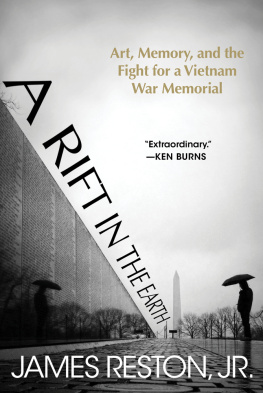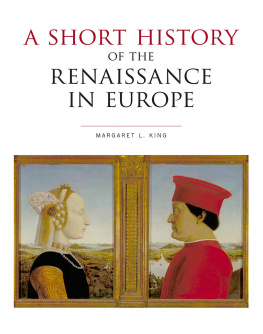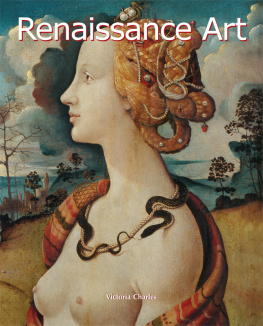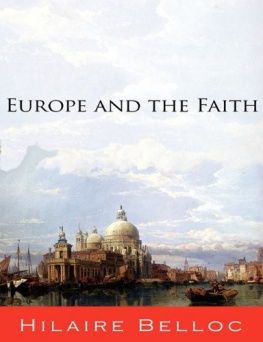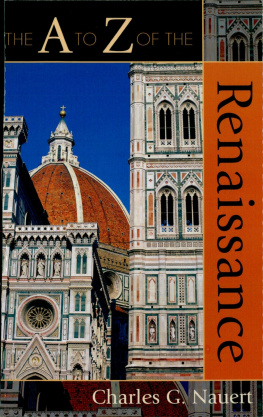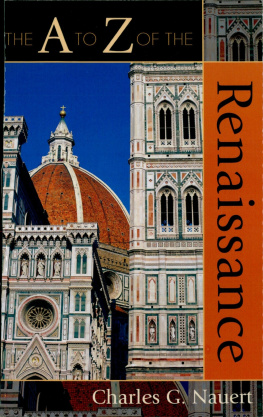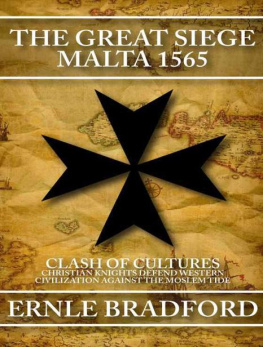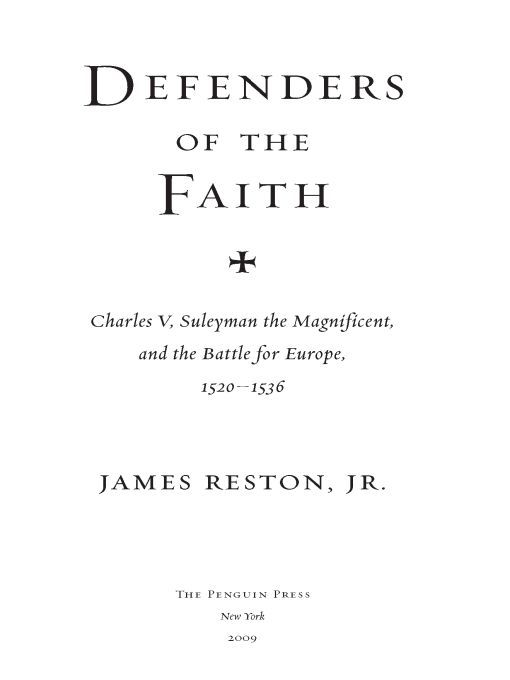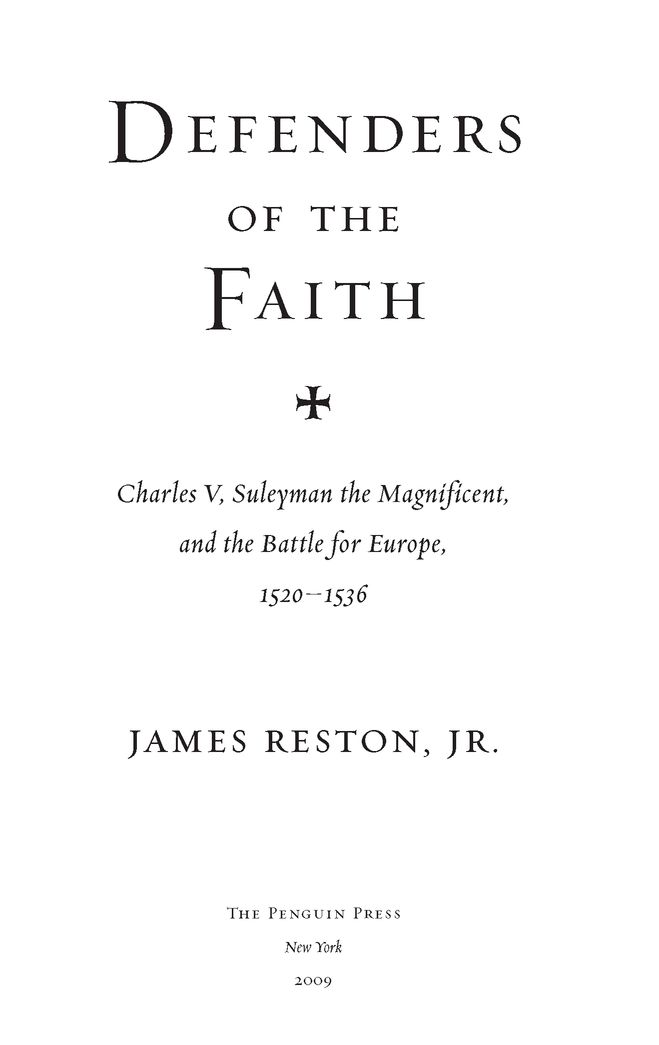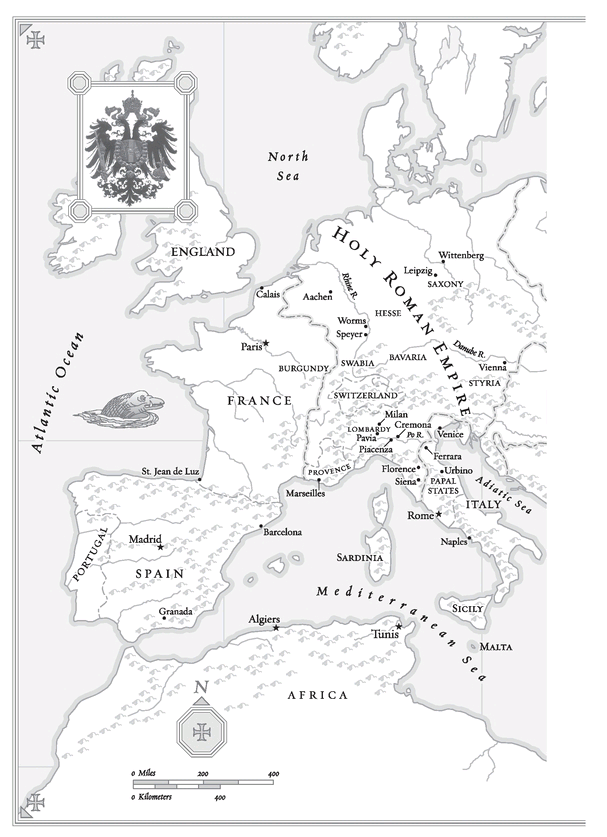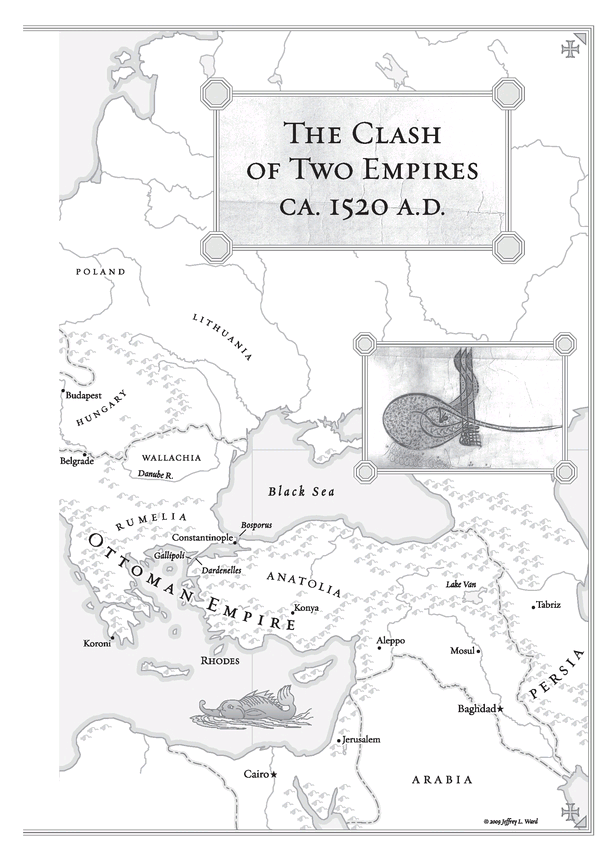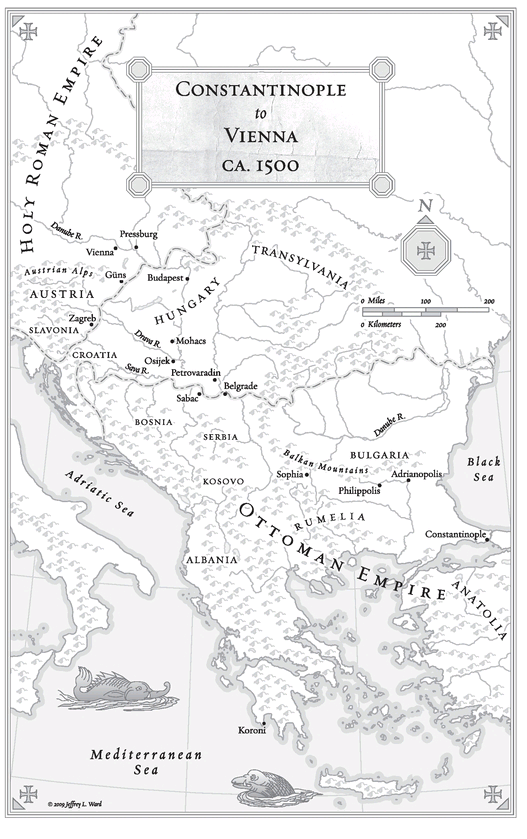Table of Contents
ALSO BY JAMES RESTON, JR.
To Defend, to Destroy
The Amnesty of John David Herndon
The Knock at Midnight
The Innocence of Joan Little: A Southern Mystery
Our Father Who Art in Hell: The Life and Death of Jim Jones
Shermans March and Vietnam
Lone Star: The Life of John Connally
Collision at Home Plate: The Lives of Pete Rose and Bart Giamatti
Galileo: A Life
The Last Apocalypse: Europe at the Year 1000 A.D.
Warriors of God: Richard the Lionheart and Saladin in the Third Crusade
Dogs of God: Columbus, the Inquisition, and the Defeat of the Moors
Fragile Innocence: A Fathers Memoir of His Daughters Courageous Journey
The Conviction of Richard Nixon: The Untold Story of the Frost/Nixon Interviews
for
JOSEPH REGAL
Every era possesses a blessed individual
who is born under the fortunate star of that time.
When a person leaves this world another will take his place.
Truly this world is but a port of call,
he who has departed will not return and he who remains awaits
his own departure.
NASUH MATRAKCI SULEYMANNAME circa A.D. 1534
FOREWORD
This is a book about an epic clash of civilizations. In the years 1520 to 1536 the fate of Western civilization hung in the balance as two vast and vigorous empires came into conflict along the seam of the Alps. The powerful Ottoman Empire, centered in Constantinople, stood at the pinnacle of its glory and its expansionist ambitions. It was ruled by one of historys most fascinating figures, Suleyman the Magnificent, whose Islamic empire stretched from the Tigris River in the east to the shores of Algiers, up the Balkan Peninsula to the Pannonian plain of Hungary. In central Europe, this juggernaut faced a Christian empire with an equally impressive expanse. The Hapsburg Empire stretched from Denmark and the Netherlands in the north, Austria in the east, to Spain and beyond to the New World. This vast Christian dominion was ruled by a young, dynamic, and deeply devout Holy Roman emperor named Charles V. Both Charles and Suleyman regarded their roles as defender and propagator of their respective faiths against the infidel as an obligation received from the Almighty.
In this pivotal hinge of history, these two daunting empires came into their apocalyptic clash at the gates of Vienna in 1529 and 1532. The consequences of that clash held immense implications for the future of the civilized world. Had Suleyman prevailed at Vienna, as the odds suggest he should have, Europe would have been Islamic to the Rhine River in the early sixteenth century.
Beyond the clash of superpowers, this is a story of the clash of religions and the clash of historical giants, bent on fulfilling the grandiose aspirations of their forefathers and the challenge of their gods. In previous centuries the crusades of Christian leaders in Palestine and Spain had made the Christian side the aggressor against the nonbeliever. In this story, the situation is reversed. Suleymans ambitions were driven by his aggressive concept of jihad and his desire for world domination as an Islamic Alexander the Great. But his struggle with Charles V was personal, for Suleymans hostility toward Christian Europe came from his feeling that the sheer magnificence of his superior civilization and religion was not getting from Europe the respect it deserved.
These years encompass other important turning points of history. Both the Christianity of Charles V and the Islam of Suleyman faced heresies within their respective established doctrines. In Germany, a simple Augustinian monk named Martin Luther rattled the portals of the Vatican as he lashed out at the corruption of popes and the abuses of the Roman Church. So, simultaneously, Roman Catholicism faced military conquest from without, and rebellion from within. Similarly, the Sunni Islam of Suleyman, who as the official Defender of the Faith now held the mantle of the caliphate in Constantinople, faced the Shiite heresy in Persia. Suleyman would unsuccessfully attempt to exterminate Shiism as his father, Selim I, had before him. As the two emperors sought to engage one another in a final, apocalyptic battle, so they sought to smother the doctrinal dissension within their own respective faiths.
This extraordinary competition would be played out in dramatic ways and in far-flung places: on the island of Rhodes in the Mediterranean, in the desert around Baghdad, in the rathskellers of Swabia, in the swamps of southern Hungary and the fertile fields of Lombardy. The debates over fine points of dogma in such places as Worms and Augsburg would be transformed into battles between Catholics and Protestants and eventually into the Sack of Rome itself, which brought the greatest period of Italian history, the Renaissance, to an abrupt and catastrophic end. A royal divorce would lead to Englands breach with Rome and the establishment of the Church of England. Suleymans desire to purify Islam would take him to Tabriz and to Baghdad.
If the principals were Olympian, the secondary characters are no less interesting. Ibrahim Pasha, Suleymans childhood favorite and later his grand vizier, will see a dramatic rise and meet a startling end. The woebe gone Medici pope Clement VII, powerless and self-pitying, will find himself forever in a vise between Charles V, Francis I, and the Lutheran rabble. Henry VIII of England and Francis I of France, as potentates of the second rank, will forever jockey for power and respect. Side plots include Henrys effort to divorce his queen, Catherine of Aragon (Charles Vs aunt), and marry Anne Boleyn, Ibrahim Pashas longing for supreme power, the capture of Francis I at Pavia, Italy, and the captivity of Clement VII in his own Eternal City and in Orvieto.
I see these sixteen years as a drama in ten acts. I have written it as a work of historical literature, accurate in every respect, but winnowing the number of characters and the number of dates and places to the essentials so that one can see a clear line in the interplay of character and event. I have attempted in previous books on the Third Crusade of Richard the Lionheart and Saladin and on the Spain of Christopher Columbus to integrate the history of the Islamic world with the history of the Christian world. Here as well I have put the two religions, the two cultures, and the two civilizations on an equal footing in an effort to avoid the Eurocentrism or the Islamic centrality or, for American and English audiences, the Anglo-Saxon centrality of past treatments.
JAMES RESTON, JR.
Fiery Run, Virginia
ACT ONE
THE DIE IS CAST


